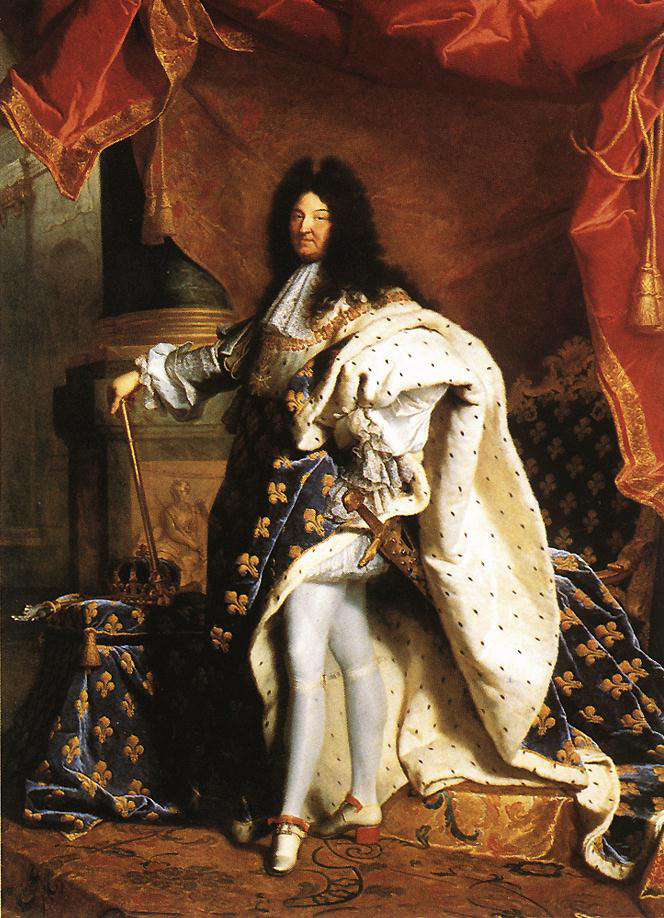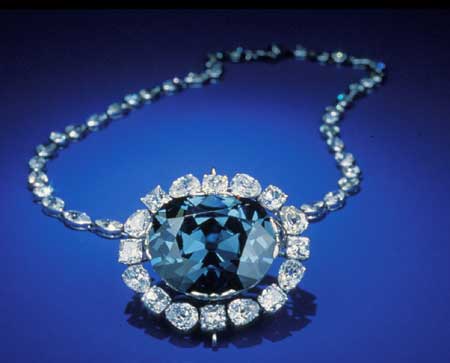
There must be some strange microfauna in the Parisian air because I was sick once again this last week. I spent a few days in bed, and I still have a pretty hacking cough, which I'm sure thrills the souls of all who have had the chance to talk to me. But while I've had a bit of down time, I've been reading Joan DeJean's
The Essence of Style: How the French Invented High Fashion, Fine Food, Chic Cafés, Style, Sophistication and Glamour, which focuses on the reign of Louis XIV and how many of our standards of luxury were consciously developed as a response to mercantilist and absolutist ideologies at the time. The book is slim on argument (it must have been designed in inverse ratio to the length of the title)--often frustratingly so--but it is filled with fascinating tidbits, some of which I thought I'd share with you. I knew that Louis XIV really knew how to put on a party and construct an image, but wow. Simply wow.
- Last night I was reading the chapter on diamonds, which it turns out, weren't popular until L14's reign. Pearls had been the previously dominant jewel. But L14 invested a ton of money in expeditions returning from India, and within 30 years, they had already exhausted all of India's mines.
- By the time of his death, Louis had amassed close to 6,000 diamonds, none of which were tiny (meaning less than 5 carats, it seems). After being told by a Turkish ambassador that the horses in Turkey wore more jewels than he did, L14 wore a suit to a court function (at which that same ambassador was present) that was covered in diamonds--over 1,500 carats of them.
- And his prize gem was called the Blue Diamond of the French crown, which was 111 carats (trimmed down to 69 carats after it was faceted to make it shinier (also a trend started by L14)). He wore it on a ribbon around his neck, and it was part of the crown jewels until the Revolution when it was stolen. It resurfaced, having been cut down to a 45-carat oval, which is now known as the Hope Diamond (below).

- Mirrors, which we all know line the famous hall in Versailles, were a newfangled luxury. But I never realized just how much of one.... The largest mirror that had been documented before L14's reign was 28 inches by 28 inches, and it was considered to be a wonder, with people who would come from all over to see it. (Notably, it belonged to Fouquet, a guy who L14 had tamped down since his splendor was too great. Also, Fouquet's chef committed suicide the night of the king's visit because he thought the shellfish weren't going to arrive.) The mirrors in Versailles are 9 feet tall. Crazy. And in the mid 1660s, the king was spending upwards of $1 million per year on mirrors.

- The king's favorite cocktail, the rossoly: fennel, anise, coriander, dill, and caraway, mascerated in the sun, plus brandy. I want to try the popular ladies' drink, "Venus's oil," which consists of cinnamon water, carnation water, vanilla, sugar, and distilled brandy or wine spirits.
It's simply insane to contemplate not only the luxury, but the newness of all this stuff. It must have seemed like magic every time the king did anything. (A suit of diamonds? I mean, come on! All I can think about is Tobias and his diamond cream.) On top of the stuff I've mentioned, DeJean covers the invention of champagne, haute couture, hot shoes, the emergence of boutiques and cafés, the umbrella, haute cuisine, celebrity hairdressers, cosmetics, and more. So what if it's slim on the argument? It's great for the trivia alone!
 There must be some strange microfauna in the Parisian air because I was sick once again this last week. I spent a few days in bed, and I still have a pretty hacking cough, which I'm sure thrills the souls of all who have had the chance to talk to me. But while I've had a bit of down time, I've been reading Joan DeJean's The Essence of Style: How the French Invented High Fashion, Fine Food, Chic Cafés, Style, Sophistication and Glamour, which focuses on the reign of Louis XIV and how many of our standards of luxury were consciously developed as a response to mercantilist and absolutist ideologies at the time. The book is slim on argument (it must have been designed in inverse ratio to the length of the title)--often frustratingly so--but it is filled with fascinating tidbits, some of which I thought I'd share with you. I knew that Louis XIV really knew how to put on a party and construct an image, but wow. Simply wow.
There must be some strange microfauna in the Parisian air because I was sick once again this last week. I spent a few days in bed, and I still have a pretty hacking cough, which I'm sure thrills the souls of all who have had the chance to talk to me. But while I've had a bit of down time, I've been reading Joan DeJean's The Essence of Style: How the French Invented High Fashion, Fine Food, Chic Cafés, Style, Sophistication and Glamour, which focuses on the reign of Louis XIV and how many of our standards of luxury were consciously developed as a response to mercantilist and absolutist ideologies at the time. The book is slim on argument (it must have been designed in inverse ratio to the length of the title)--often frustratingly so--but it is filled with fascinating tidbits, some of which I thought I'd share with you. I knew that Louis XIV really knew how to put on a party and construct an image, but wow. Simply wow.

No comments:
Post a Comment